I think it is fantastic LR are on the cutting edge of new technology, who knows what we will see in the future regarding battery development, and innovative ways of charging. It is the way of the future, peak oil is not that far away, and I applaud Land Rover's forward thinking,..... now, if only they could get a defender that didn't leak thru the door seals, Bob
I’m pretty sure the dinosaurs died out when they stopped gathering food and started having meetings to discuss gathering food
A bookshop is one of the only pieces of evidence we have that people are still thinking



 Reply With Quote
Reply With Quote
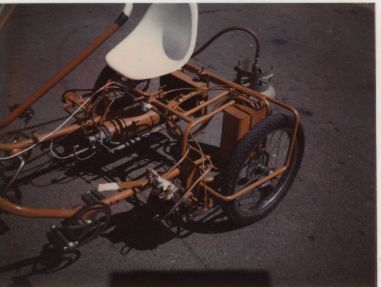
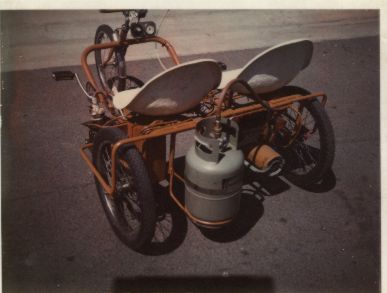
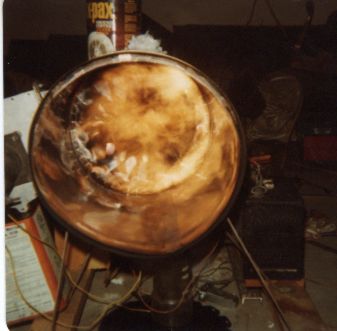
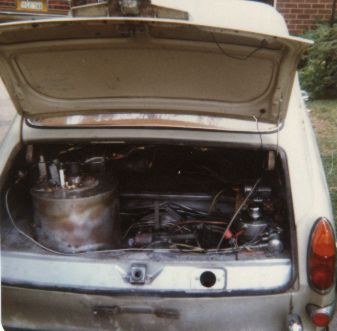

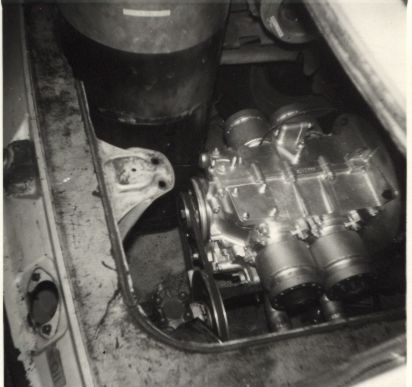
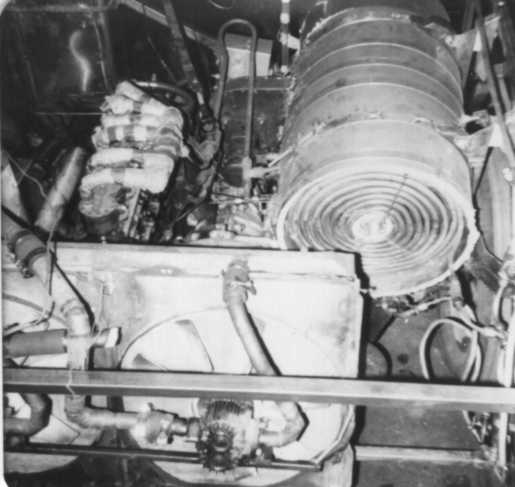


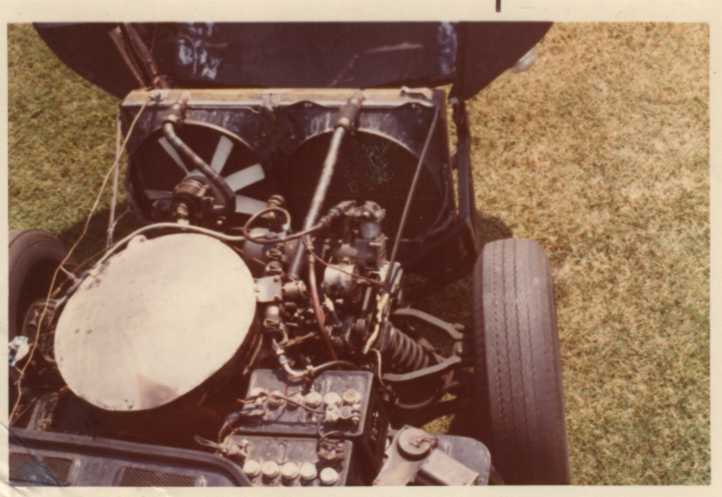


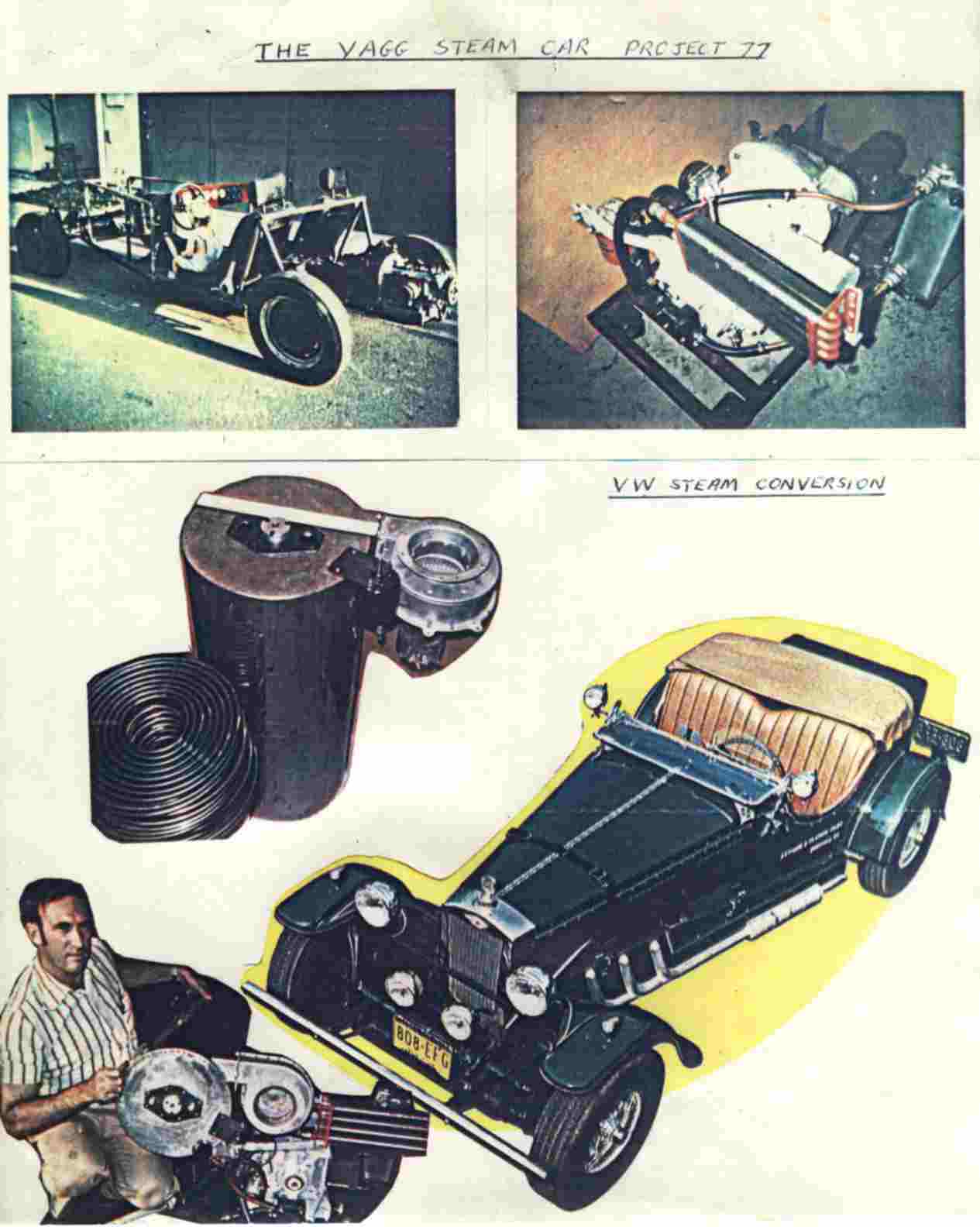
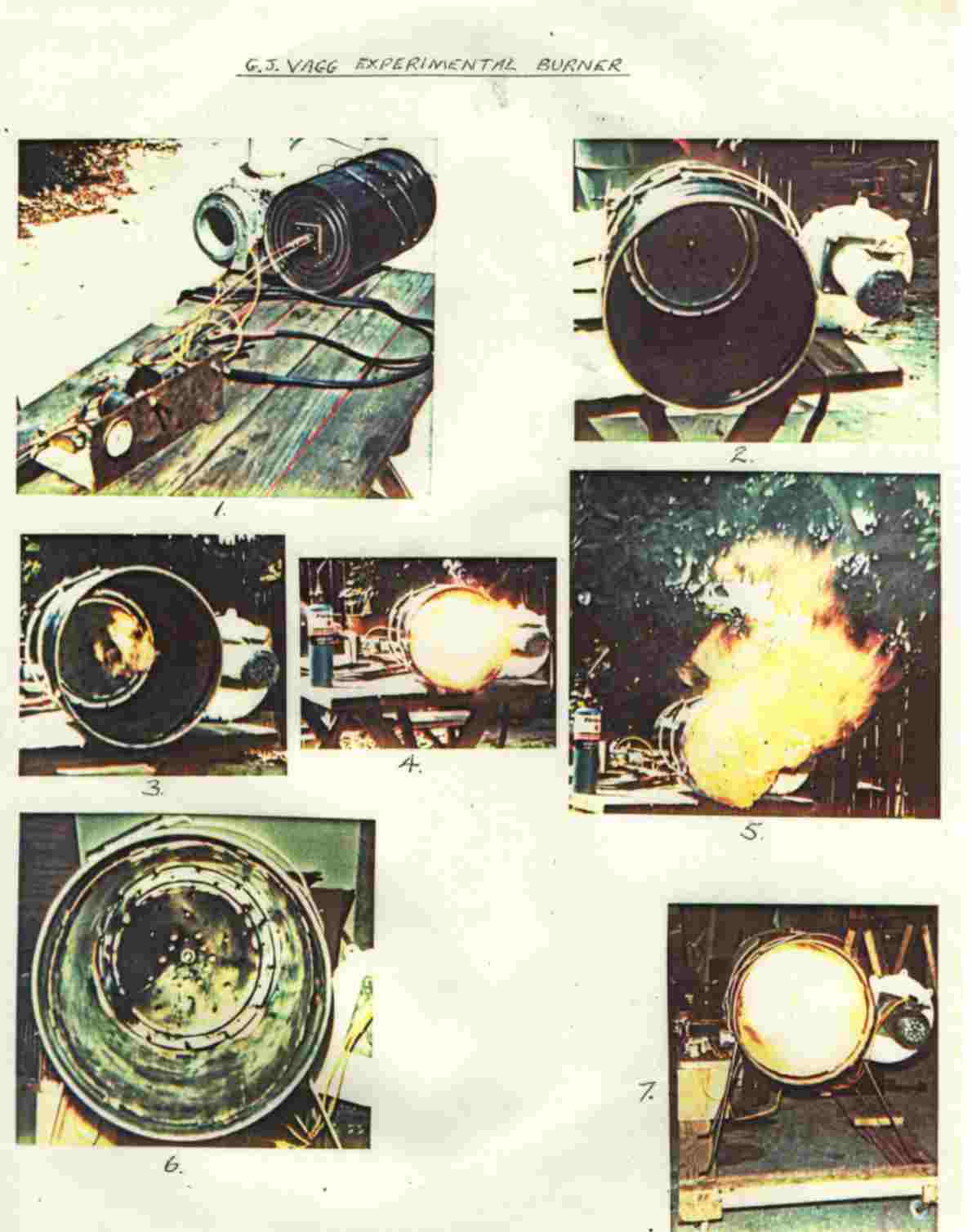
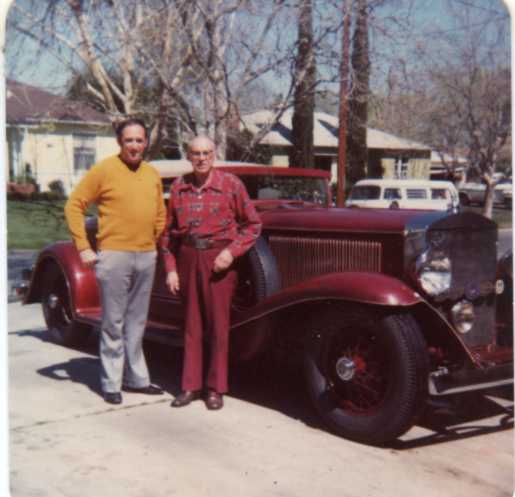



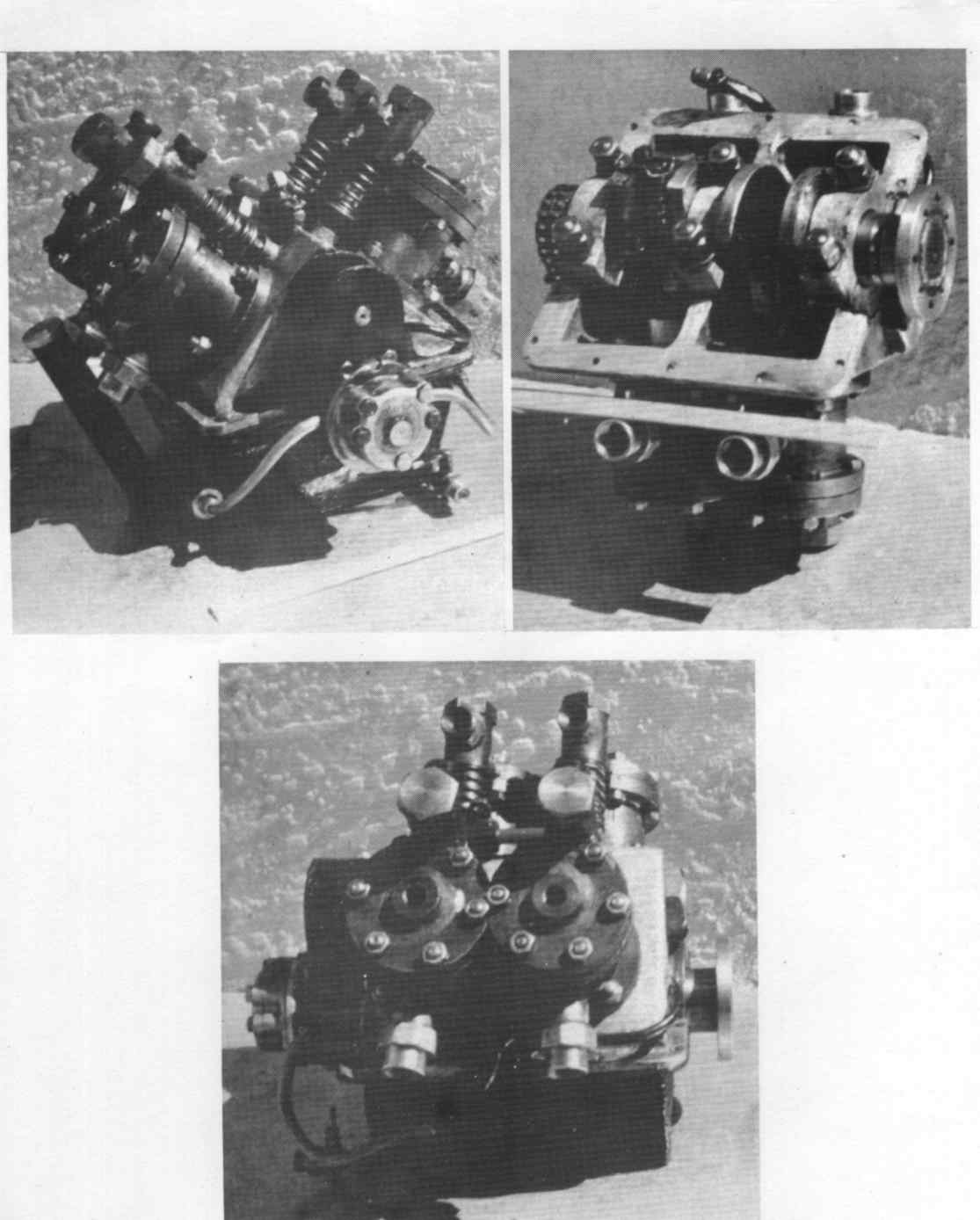
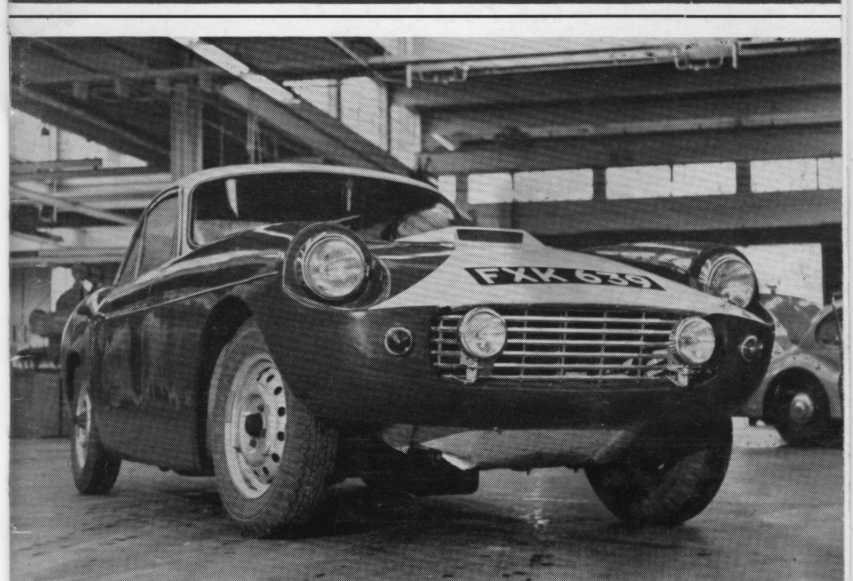

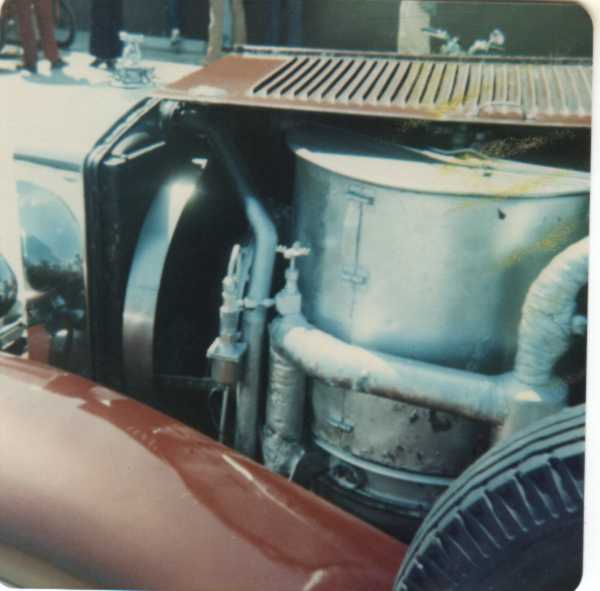
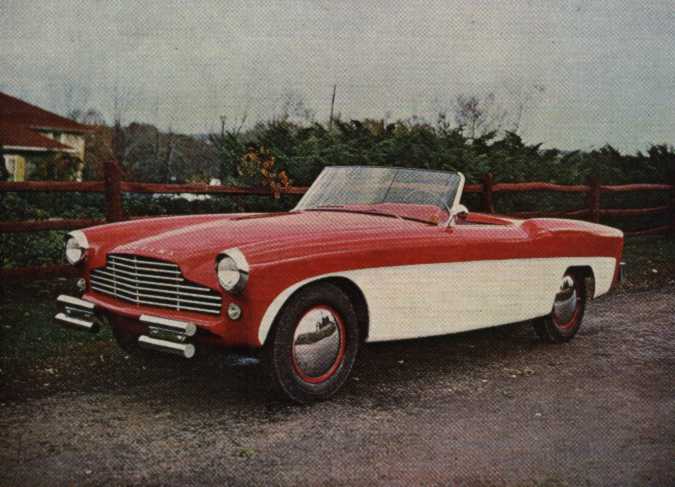
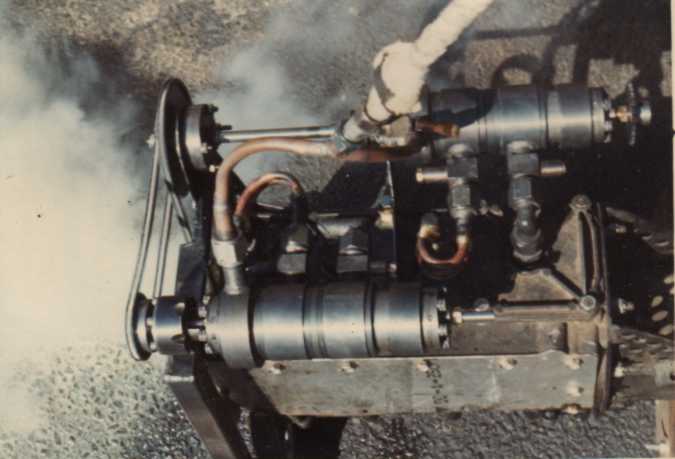
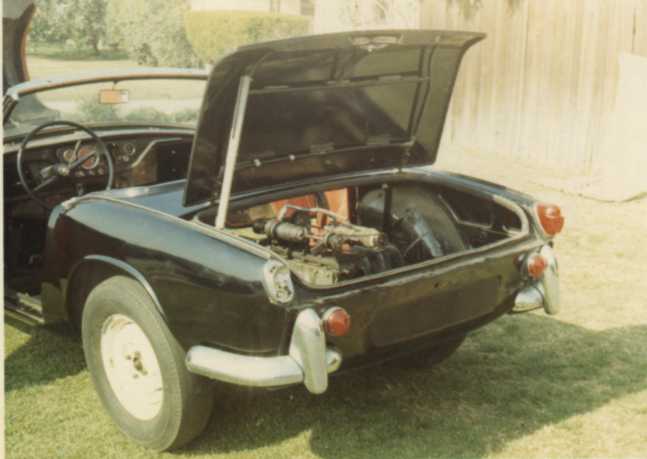
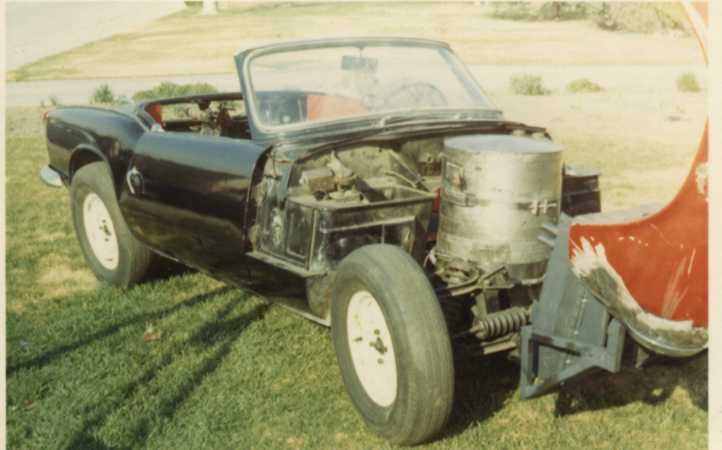

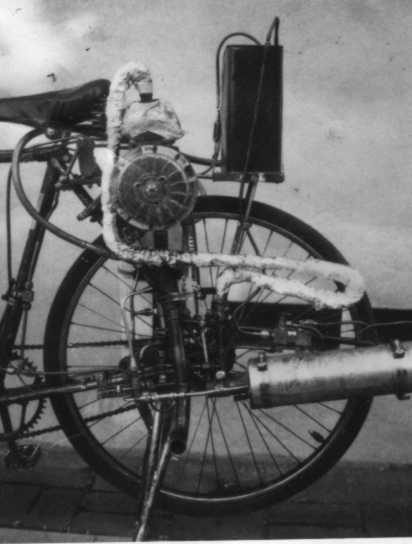
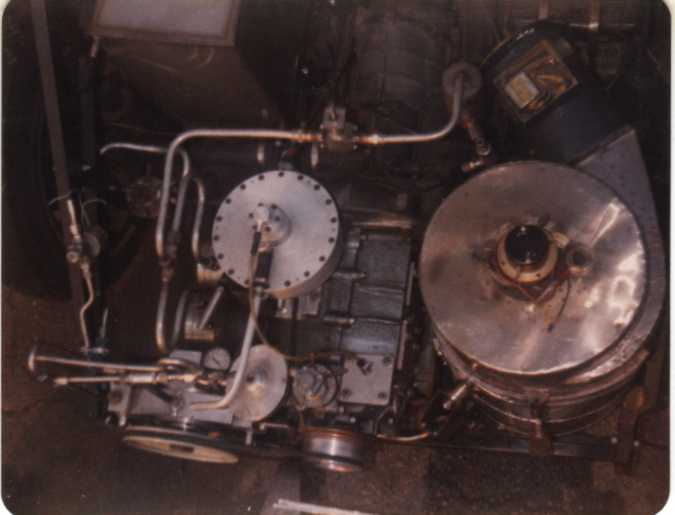


Bookmarks